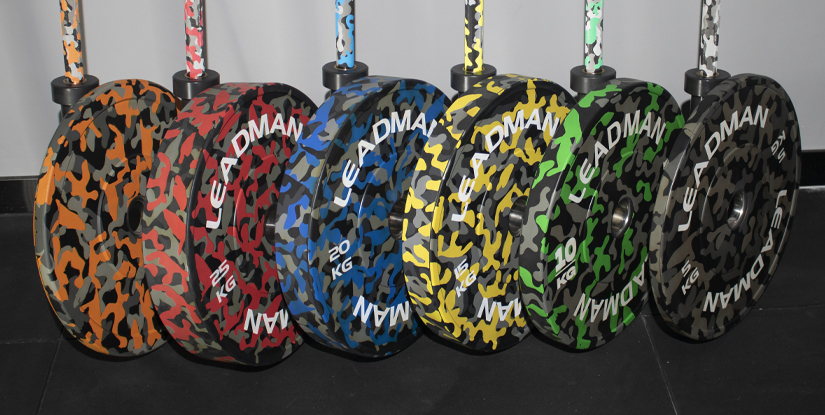Lat Pulldown: Technique, Benefits & Programming

Lat Pulldown: Overview and Benefits
The lat pulldown is a staple cable machine exercise designed to develop the latissimus dorsi and upper back. It is an accessible alternative to pull-ups for trainees who need to manage load, refine technique, or progress strength systematically. Performed correctly, the movement increases shoulder stability, improves posture, and contributes to a wider, stronger back.
Muscles Targeted
- Primary: Latissimus dorsi
- Secondary: Teres major, rhomboids, middle and lower trapezius
- Stabilizers: Biceps brachii, posterior deltoid, rotator cuff muscles, core
Proper Technique: Step-by-Step
- Set-up: Adjust the knee pad to secure your thighs. Choose an appropriate weight that allows full range of motion with control.
- Grip: Use a pronated (overhand) grip slightly wider than shoulder-width for a balanced lat emphasis. Narrow or supinated grips alter recruitment patterns.
- Starting position: Sit tall with chest high, shoulders down and back, core engaged. Allow your arms to extend fully without locking elbows.
- Execution: Initiate the pull by retracting the scapulae, then drive the elbows down toward the ribs in a smooth arc. Aim to bring the bar to the upper chest or clavicle area.
- Return: Control the eccentric phase—allow the bar to rise under tension while maintaining scapular retraction until full arm extension.
- Breathing: Exhale during the concentric pull; inhale during the controlled return.
Common Mistakes and Corrections
- Rounding the upper back: Maintain neutral spine and elevated chest. Cue: "proud chest".
- Using momentum: Avoid excessive torso lean and jerking. Reduce weight to emphasize muscle action.
- Elbows flaring anteriorly: Pull with elbows toward the hips to maximize lat engagement.
- Incomplete range of motion: Do not cut short the eccentric phase—control through full extension.
- Incorrect grip width: Too wide can limit range and strain shoulders; too narrow shifts stress to arms.
Variations and Progressions
- Wide-grip lat pulldown: Emphasizes outer lats and width.
- Close-grip (V-bar) pulldown: Shifts load to lower lats and biceps; useful for strength balance.
- Underhand (supinated) pulldown: Increases biceps involvement and allows greater elbow flexion.
- Single-arm cable pulldown: Addresses unilateral strength and balance; improves mind-muscle connection.
- Negative-focused sets: Slow eccentrics to build control. Useful for hypertrophy and tendon resilience.
- Progress to pull-ups: Use lat pulldowns to develop the pull strength and technique for unassisted pull-ups.
Program Design and Load Management
Select sets, reps, and intensity based on goals. For hypertrophy, 3–5 sets of 6–12 reps with controlled tempo is effective. For strength emphasis, 3–6 sets of 3–6 reps with heavier loads and longer rests work well. For endurance or corrective work, 2–4 sets of 12–20 reps with lighter weight and strict form helps muscular endurance and technique. Track load progression by increasing weight, reps, or improving tempo and range over time.
Safety and Maintenance
- Warm-up: Include dynamic shoulder and thoracic mobility before heavy sets.
- Joint health: Avoid excessive internal rotation or aggressive pulling past comfort; listen to the shoulder joint.
- Equipment check: Ensure cable movement is smooth and attachments are secure.
- Recovery: Balance volume across pulling and pushing movements to maintain shoulder health.
Coaching Cues
- "Lead with the elbows" — promotes lat-driven movement rather than arm dominance.
- "Chest up, shoulders down" — protects the shoulders and lengthens the lat for full contraction.
- "Control the return" — emphasizes eccentric control to build strength and resilience.
FAQs
- Q: Are lat pulldowns better than pull-ups? A: They complement each other; pulldowns allow load control and progress toward pull-ups.
- Q: How often should I train lat pulldowns? A: 1–3 times weekly depending on recovery and overall program volume.
- Q: What grip width is optimal? A: Slightly wider than shoulder width for balanced lat activation; adjust for comfort.
- Q: Can lat pulldowns build width? A: Yes—consistent, progressive training emphasizes the lateral fibers of the lats.
- Q: Should I use momentum? A: No—limit momentum to ensure muscular tension and reduce injury risk.
- Q: How many sets for hypertrophy? A: 3–5 sets of 6–12 reps is a practical range.
- Q: Is a supinated grip effective? A: Yes—for different muscle emphasis and increased biceps recruitment.
- Q: Any shoulder pain during the exercise? A: Stop, reduce load, reassess technique and consider medical evaluation if pain persists.
- Q: Can beginners perform this exercise? A: Yes—start with light load, focus on form, and progress gradually.

